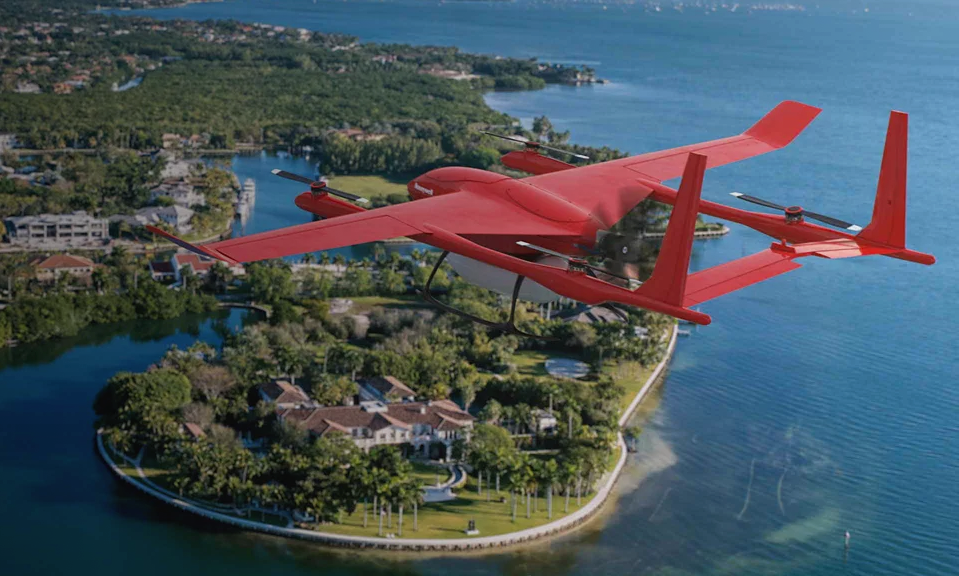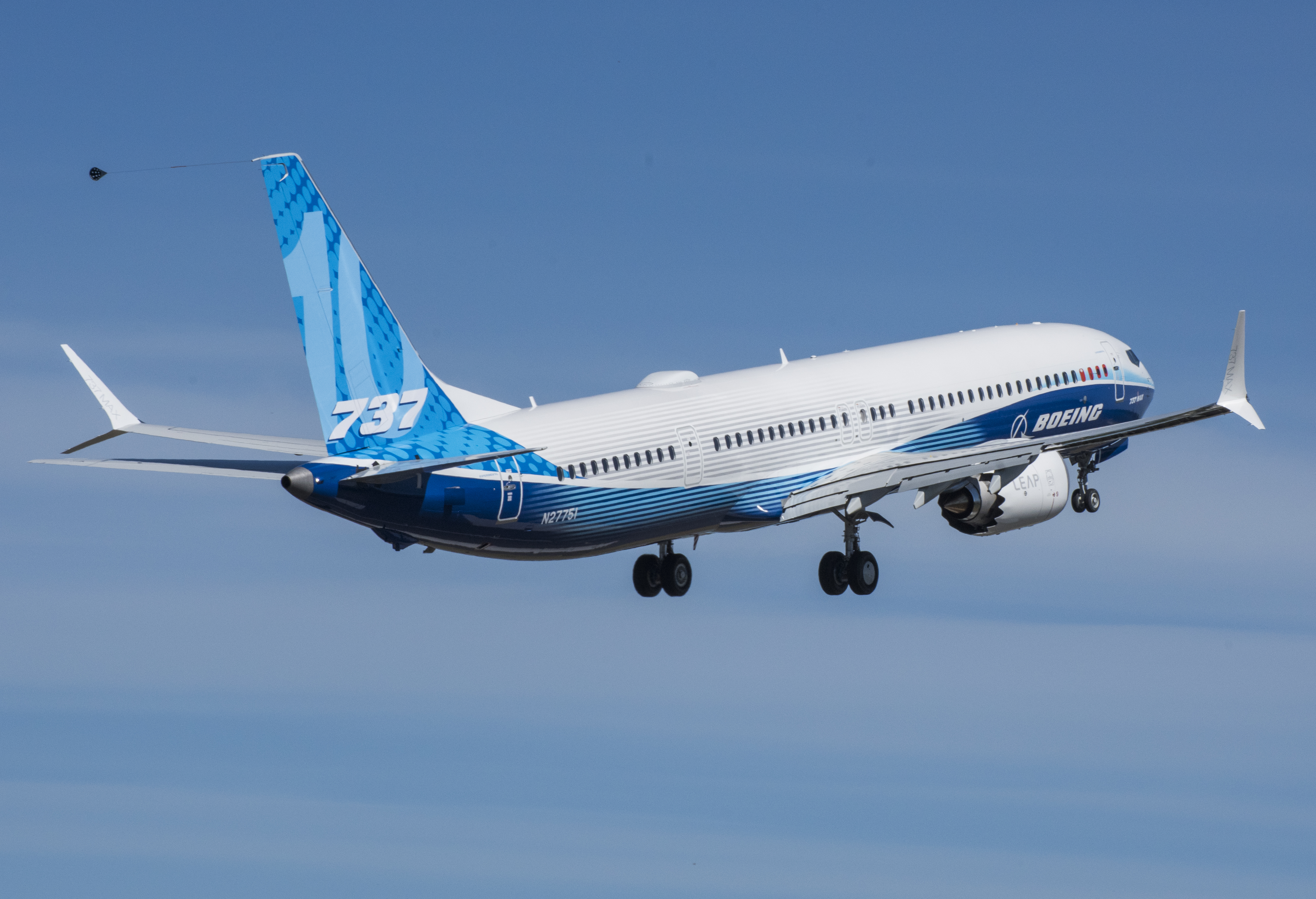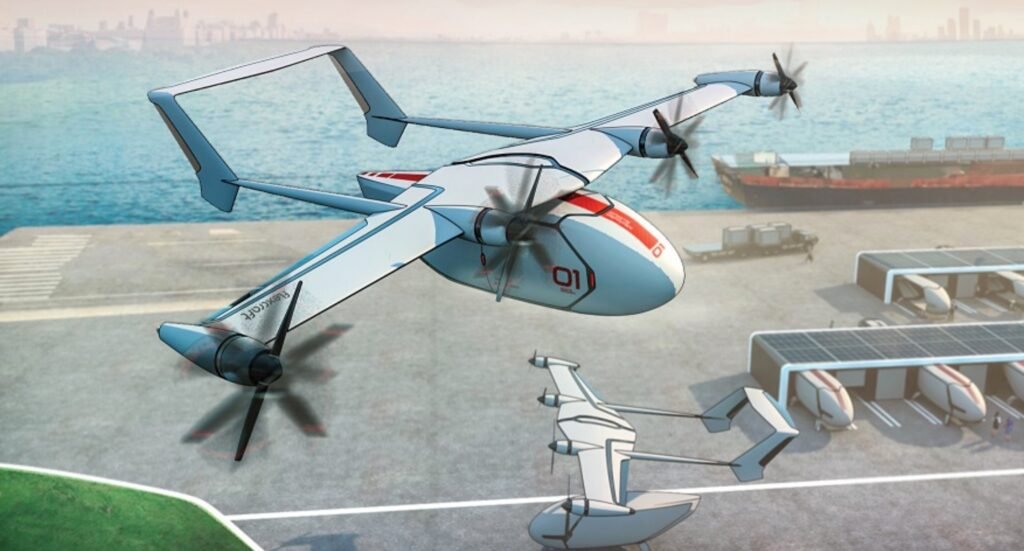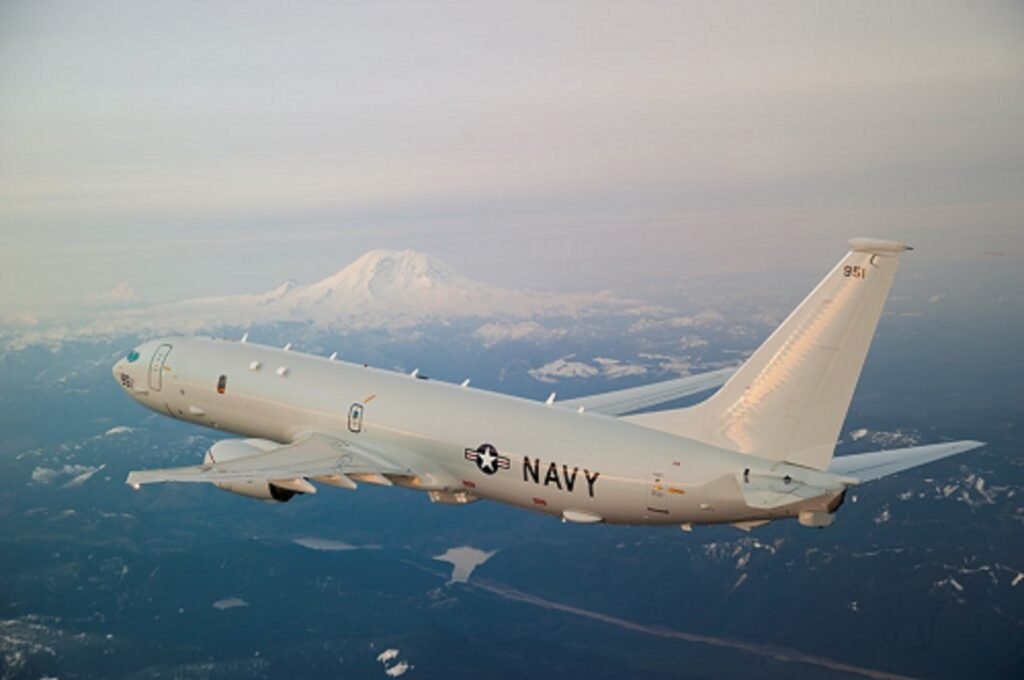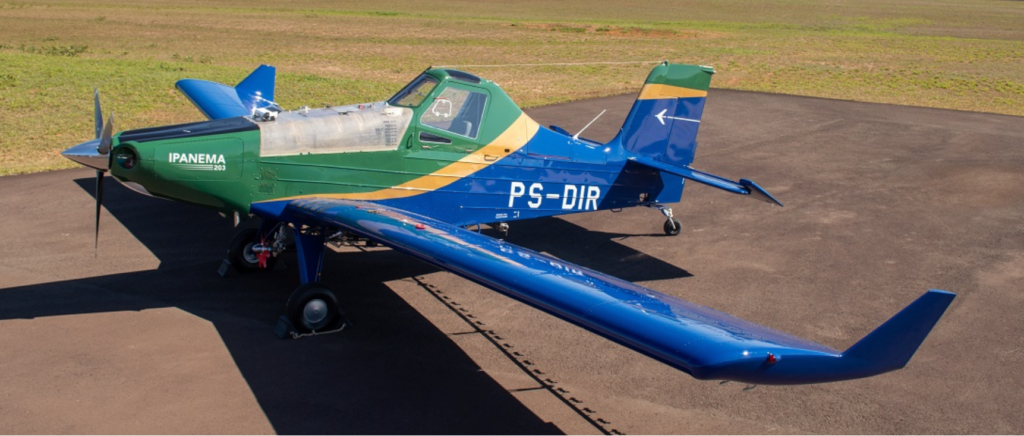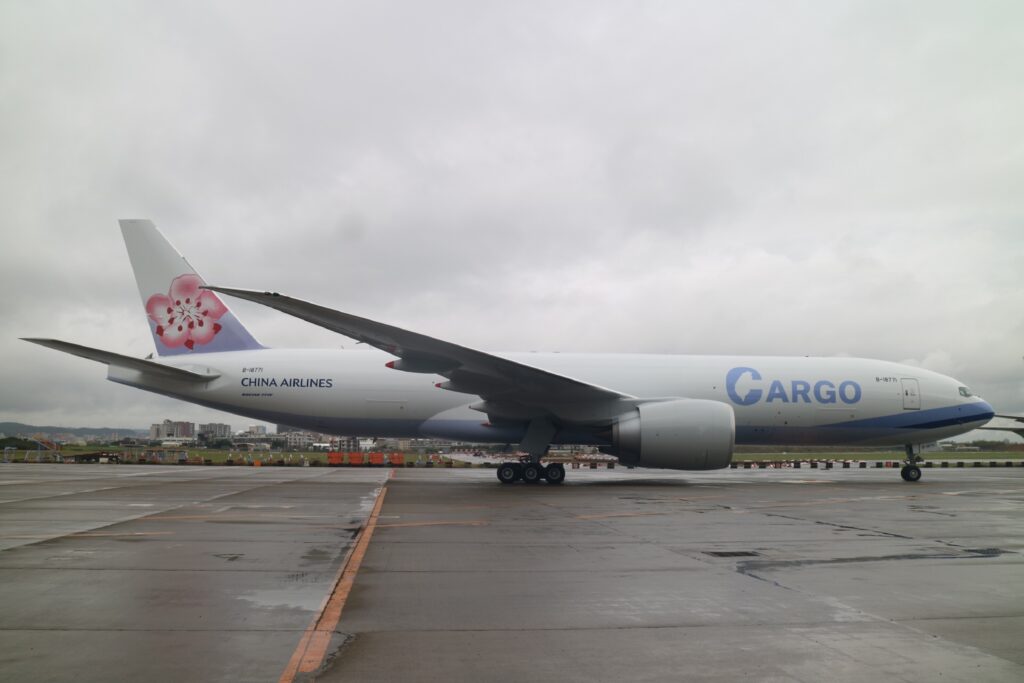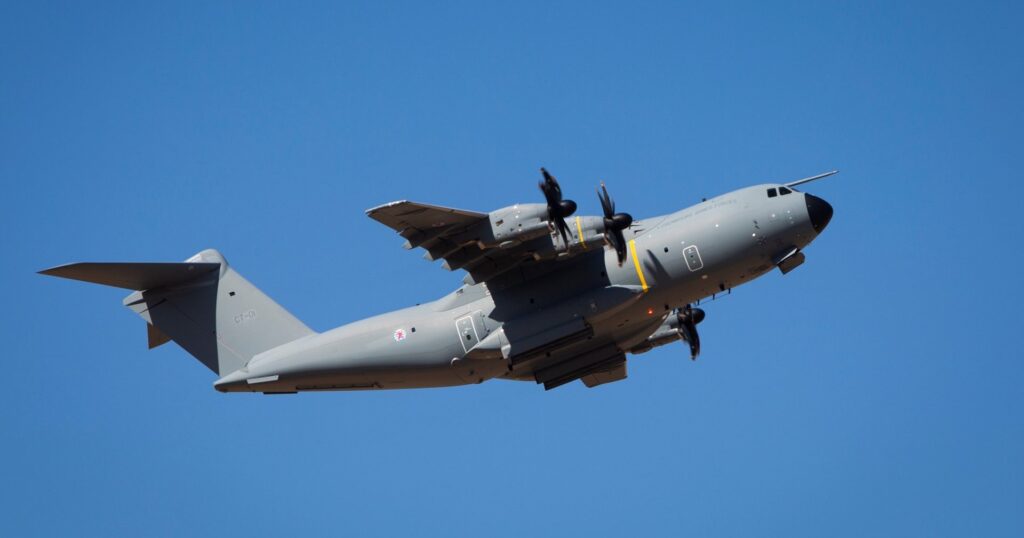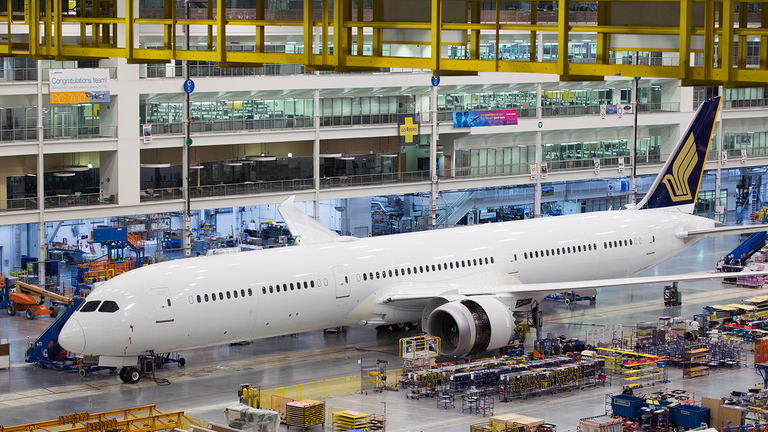Honeywell Technology For Drones Increases Range With Hydrogen Fuel Cells
PHOENIX, Aug. 18, 2021 /PRNewswire/ -- Honeywell (NASDAQ: HON) is developing a new technology suite for light drones that allows them to fly three times longer and with less human intervention. Compared with traditional drones using batteries…
